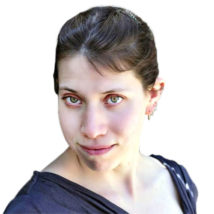
Bethany Brookshire was a longtime staff writer at Science News Explores and is the author of the book Pests: How Humans Create Animal Villains. She has a B.S. in biology and a B.A. in philosophy from The College of William and Mary, and a Ph.D. in physiology and pharmacology from Wake Forest University School of Medicine. She was a 2019-2020 Knight Science Journalism Fellow at MIT, the winner of the Society for Neuroscience Next Generation Award and the Three Quarks Daily Science Writing Award, among others.

All Stories by Bethany Brookshire
-
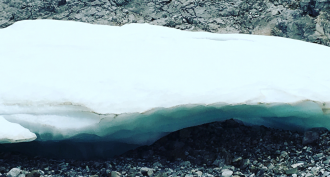 Environment
EnvironmentScientists Say: Aufeis
Water keeps flowing underground even in the coldest Arctic winters. But when it comes to the surface, it chills out and forms large layers of ice — called aufeis.
-
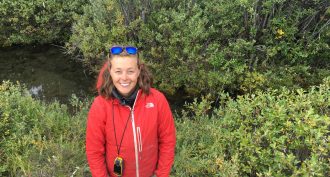
A Day in the Life: Arctic ecologist
Ever wonder what a scientist in the Arctic does all day? Mary Kate Swenarton scrubs rocks, catches fish and measures stream flow, depth, temperature and more.
-
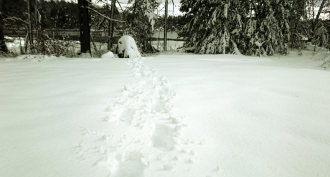 Climate
ClimateScientists Say: Albedo
To measure how much light reflects off an object, scientists measure its albedo.
-
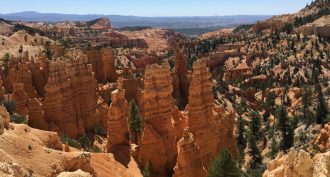 Earth
EarthScientists Say: Hoodoo
When softer rocks are covered with a harder rock layer, weathering can wear away the softer stone. This will leave behind tall thin towers — hoodoos.
-
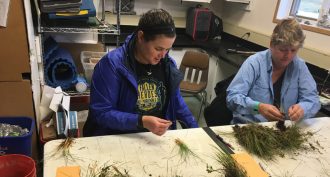
Teachers get to do cool science in the Arctic
The Toolik Field Station offers a hands-on research experience for science teachers, so they can take the latest techniques back to their classrooms.
-
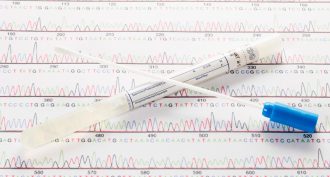 Genetics
GeneticsScientists Say: DNA sequencing
All of us have our own individual DNA. Now, scientists can determine what each individual strand is made of — a process called DNA sequencing.
-
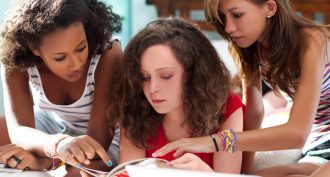
Get Science News magazines for free in your high school
A new program is offering Science News free for high schools, complete with materials to guide classroom reading and an archive spanning more than 94 years.
-
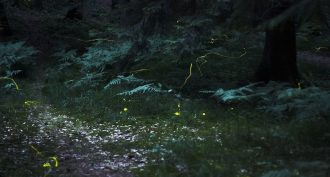 Animals
AnimalsScientists Say: Crepuscular
Day creatures are diurnal. Night creatures are nocturnal. Animals active at twilight get a special name.
-
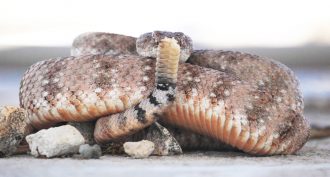 Animals
AnimalsScientists Say: Venomous
A poison-arrow frog is poisonous, but a rattlesnake is not. What’s the difference? It’s how their poisons are delivered.
-
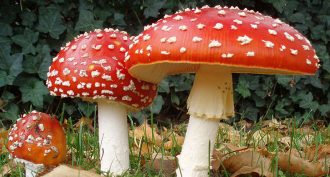 Environment
EnvironmentScientists Say: Poisonous
A poison-arrow frog is poisonous, but a rattlesnake is not. What’s the difference? It’s how the poison is delivered.
-
 Brain
BrainHormone affects how teens’ brains control emotions
Using scans of brain activity, scientists show that surging hormones drive where emotions get processed in a teen’s brain.
-

Teacher invites Twitter into the classroom
Twitter can connect students with scientists in real time. But engaging tweens in an open social network also requires caution, one teacher warns.